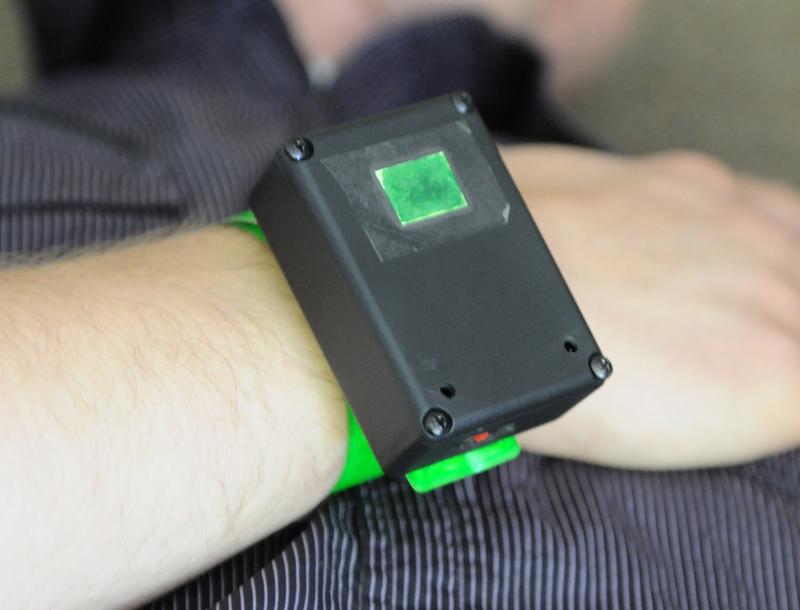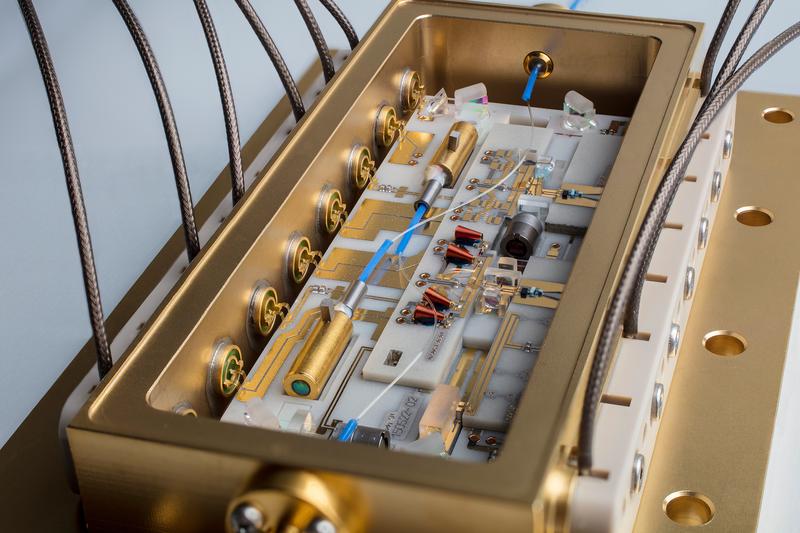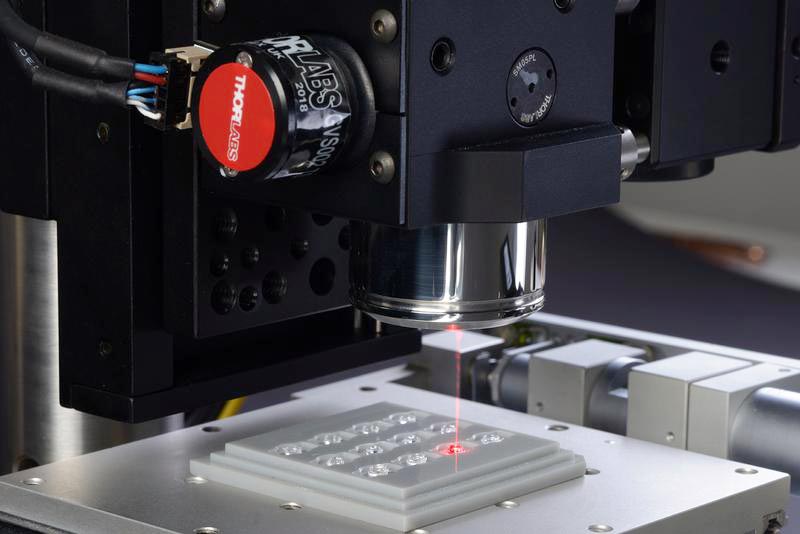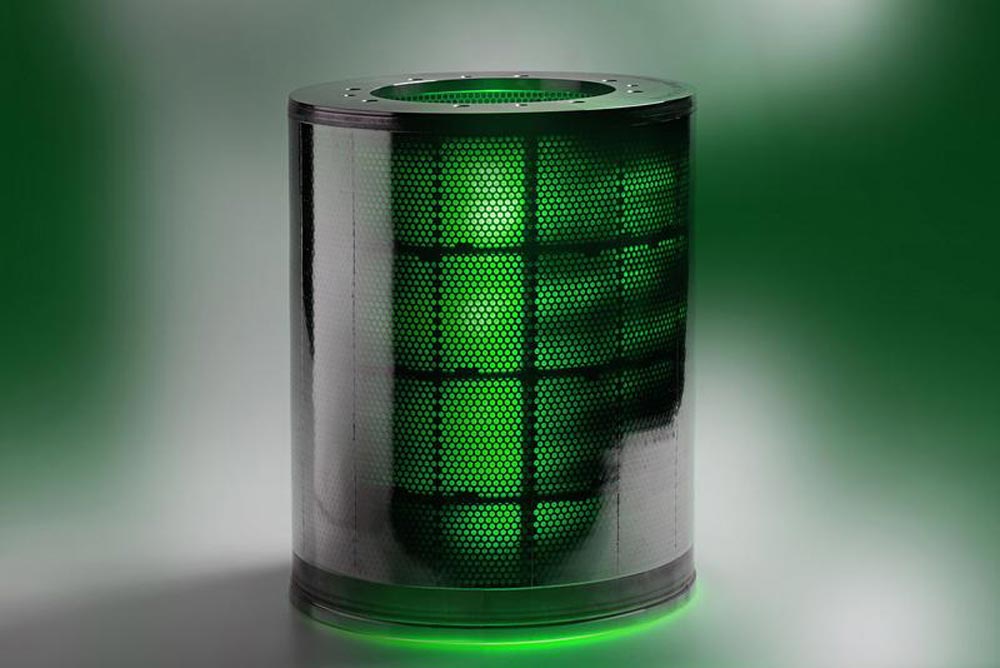

Instead of colored paper tags, first responders use colored electronic wristbands.
© Fraunhofer FIT
In mass casualty incidents, triage of the victims must be performed as quickly as possible, in order to evacuate and take them to appropriate hospitals. Today, first responders use colored paper tags to classify victims.
In cooperation with an international group of partners, Fraunhofer FIT has developed an electronic gadget that may replace the colored paper tags in a triage. Beyond just visually tagging a victim, the device transmits, in real time, the victim's location and vital data, e.g. heart rate, respiratory rate and oxygen saturation, to emergency response control centers.
The first responders attach a color-coded plastic wristband to each victim. Depending on their color, the wristbands incorporate different sets of technology, e.g. a GPS module, an RFID chip and a wireless network module that communicates with the emergency response control center. An unharmed or slightly injured person will receive a wristband that includes only the GPS and the network module.
Victims severely injured or in a critical state will receive wristbands with additional sensors that continually capture vital data and transmit them to the control center. Each wristband also functions as a node in a wireless network. Even if the regular mobile phone networks are down, our system is still operational. It sets up an ad-hoc ZigBee network, a low-bandwidth wireless network that combines long range and low energy consumption. The wristbands have the necessary technology built in. First responders get equipped with Triage Relays that cache, backup and retransmit the data.
“The real-time data from the triage wrsitbands can be displayed on the large screens in the emergency response control center, but also on the tablets or smartphones of medical staff in the field. First responders and response coordinators thus have a precise picture of the situation on the ground.
Rescuers see at a glance where the majority of severely injured casualties are located and can direct the rescue activities accordingly”, explains Dr. René Reiners, project manager at Fraunhofer FIT. The system was developed in the European BRIDGE project (http://www.bridgeproject.eu) where FIT's User-Centered Computing department (headed by Dr. Markus Eisenhauer) is the technical coordinator.
FIT will also demonstrate a pair of smartphone apps that lets victims communicate with first responders even if the mobile phone networks are down. One component of the solution is an app on the victim's smartphone. When the user activates it, it sets up a Wi-Fi access point and sends an emergency message, e.g. “Buried Alive”, instead of the phone's regular Wi-Fi Service Identifier (SSID).
The app on the first responder's phone scans for WLAN networks in its vicinity, detects the emergency message and sends a response signal to the victim's app. The solution we demonstrate uses stock Android smartphones that give it a range of up to 100 meters.












